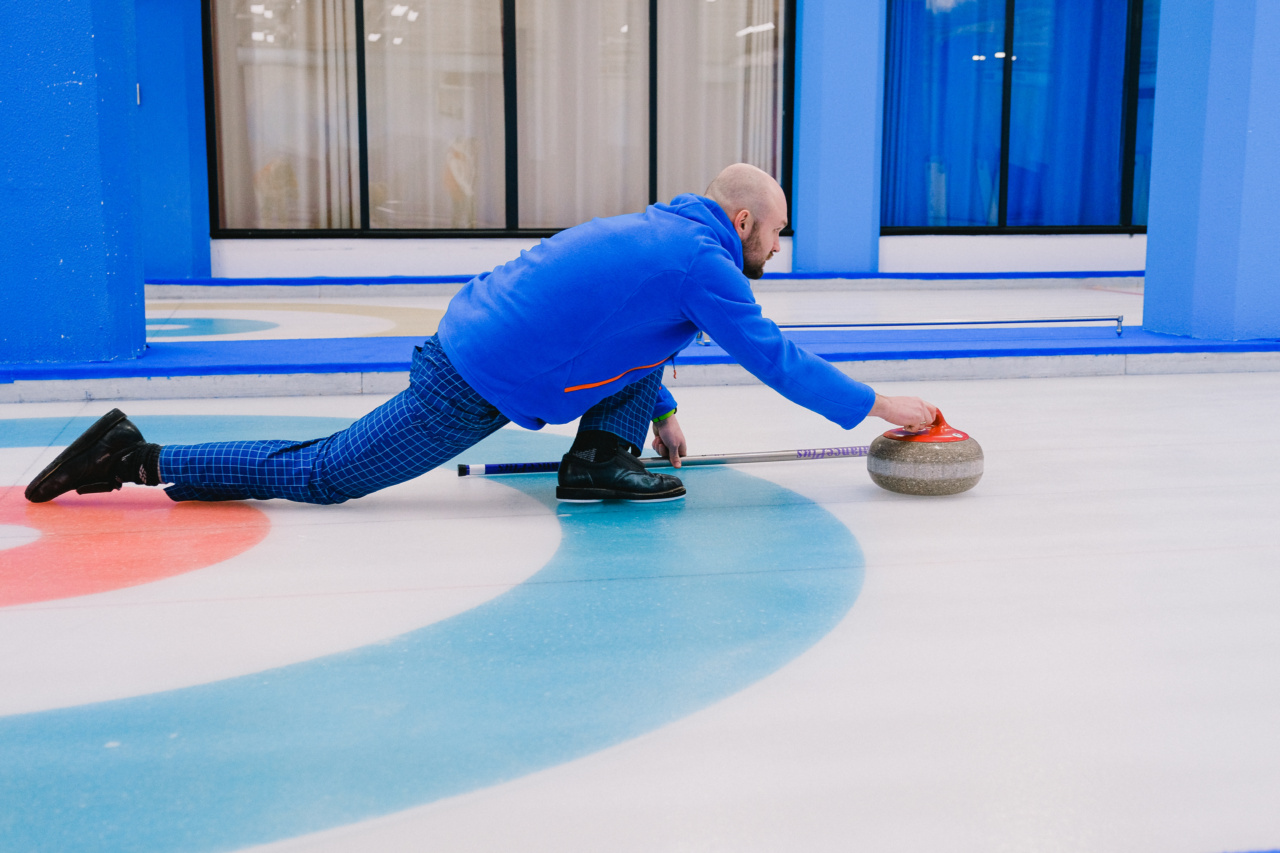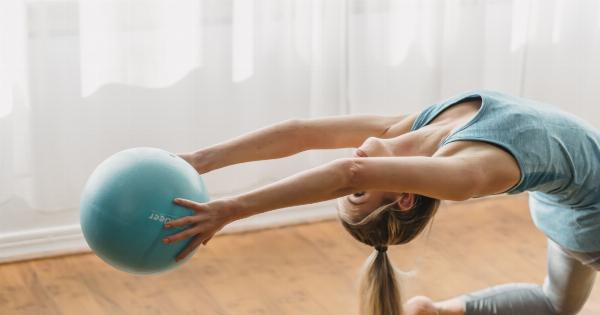Knee pain is a common issue that affects people of all ages. It can be caused by various factors such as injuries, arthritis, or overuse. Regardless of the cause, knee pain can significantly impact your ability to move and perform daily activities.
Incorporating specific exercises into your routine can help alleviate knee pain, improve flexibility, strengthen the surrounding muscles, and enhance mobility. This article provides a comprehensive guide to exercises for knee pain with illustrations to help you get moving and find relief.
1. Quadriceps Set
This exercise is excellent for strengthening your quadriceps muscles, which are located at the front of your thigh. Strong quadriceps help support the knee joint, reducing pain and increasing stability.

To perform this exercise:.
- Sit on a flat surface with your legs extended in front of you.
- Tighten the muscles on the top of your thigh, then push the back of your knee down into the surface.
- Hold for 5 seconds, then release.
- Repeat for 10-15 repetitions.
2. Hamstring Curls
Hamstring curls target the muscles at the back of your thigh, called the hamstrings. Strengthening these muscles helps support the knee joint and prevents imbalances that can lead to knee pain.

To perform this exercise:.
- Stand behind a chair or use a wall for support.
- Bend one knee and bring your heel towards your buttocks.
- Hold for a few seconds, then slowly lower your leg back down.
- Repeat with the other leg.
- Complete 10-15 repetitions for each leg.
3. Wall Squats
Wall squats are an effective exercise for strengthening the quadriceps and gluteal muscles while minimizing stress on the knees. This exercise can improve stability and reduce knee pain.

To perform this exercise:.
- Stand with your back against a wall and your feet shoulder-width apart.
- Slowly slide your back down the wall by bending your knees, mimicking a sitting position.
- Stop when your thighs are parallel to the floor, ensuring your knees do not go past your toes.
- Hold this position for 5-10 seconds, then slowly slide back up the wall.
- Repeat for 10-15 repetitions.
4. Straight Leg Raises
Straight leg raises target the muscles at the front of your thigh, known as the quadriceps. This exercise helps improve strength and stability around the knee joint, reducing pain and preventing further injury.

To perform this exercise:.
- Lie flat on your back on a comfortable surface.
- Bend one knee and place your foot flat on the floor.
- Straighten your other leg, tightening the muscles on the top of your thigh.
- Raise your straight leg to a height that is parallel to your bent knee.
- Hold for a few seconds, then slowly lower your leg back down.
- Repeat with the other leg.
- Complete 10-15 repetitions for each leg.
5. Step-Ups
Step-ups are a functional exercise that targets the quadriceps, hamstrings, and gluteal muscles. This exercise helps strengthen the legs and improve overall stability, reducing knee pain during daily activities.

To perform this exercise:.
- Stand in front of a sturdy step or platform.
- Place one foot on the step, ensuring your knee is directly above your ankle.
- Push through your heel and lift your body up onto the step.
- Step back down with the same leg.
- Repeat with the other leg.
- Complete 10-15 repetitions for each leg.
6. Heel Slides
Heel slides work the quadriceps, hamstrings, and hip flexor muscles. This exercise helps improve knee mobility and strengthen the muscles surrounding the knee joint.

To perform this exercise:.
- Lie flat on your back on a comfortable surface.
- Bend both knees and place your feet flat on the floor.
- Slide one heel towards your buttocks, keeping the other foot in contact with the floor.
- Slide your foot back to the starting position.
- Repeat with the other leg.
- Complete 10-15 repetitions for each leg.
7. Calf Raises
Calf raises primarily target the calf muscles but also engage the muscles surrounding the knee joint. This exercise helps improve balance, strengthen the lower leg, and reduce knee pain.

To perform this exercise:.
- Stand with your feet hip-width apart, holding onto a steady surface for support.
- Rise up onto the balls of your feet, lifting your heels as high as possible.
- Hold for a few seconds, then slowly lower your heels back down.
- Repeat for 10-15 repetitions.
8. Mini Squats
Mini squats are a modified version of regular squats that place less stress on the knee joints. This exercise helps strengthen the quadriceps, hamstrings, gluteal muscles, and improves overall knee stability.

To perform this exercise:.
- Stand with your feet hip-width apart.
- Lower your body by bending your knees and pushing your buttocks backward as if sitting in a chair.
- Stop when your thighs are parallel to the floor, ensuring your knees do not go past your toes.
- Raise your body back up to the starting position.
- Repeat for 10-15 repetitions.
9. Standing Quad Stretch
The standing quad stretch helps improve flexibility, reduces muscle tension, and relieves knee pain. It specifically targets the quadriceps muscles.

To perform this exercise:.
- Stand tall with your feet hip-width apart.
- Bend one knee and grasp your ankle with the corresponding hand.
- Pull your heel towards your buttocks, feeling a stretch in the front of your thigh.
- Hold the stretch for 20-30 seconds.
- Repeat with the other leg.
- Complete 2-3 repetitions for each leg.
10. IT Band Stretch
Tightness in the IT (iliotibial) band can contribute to knee pain. Stretching this band can help alleviate pain, improve flexibility, and prevent future discomfort.

To perform this exercise:.
- Stand tall with your feet together.
- Cross one leg behind the other, placing your weight on the back leg.
- Extend the arm on the side of the back leg overhead.
- Lean your upper body towards the opposite side, feeling a stretch along the outer part of your thigh and hip.
- Hold the stretch for 20-30 seconds.
- Repeat with the other leg.
- Complete 2-3 repetitions for each leg.
By incorporating these exercises into your routine, you can strengthen the surrounding muscles, increase flexibility, and find relief from knee pain.
It is essential to listen to your body and consult with a healthcare professional before starting any new exercise program, especially if you have a pre-existing condition or injury. With consistency and proper form, these exercises can help you get moving and regain control over your knee health.






















